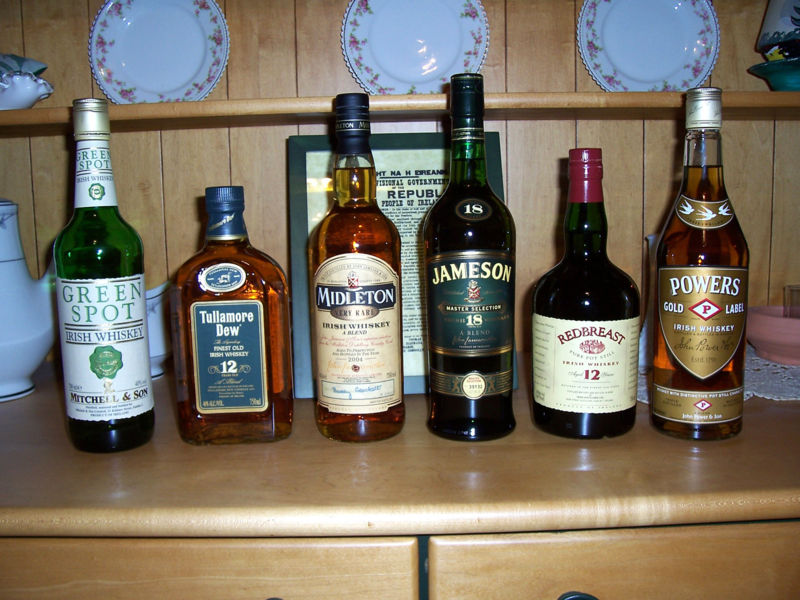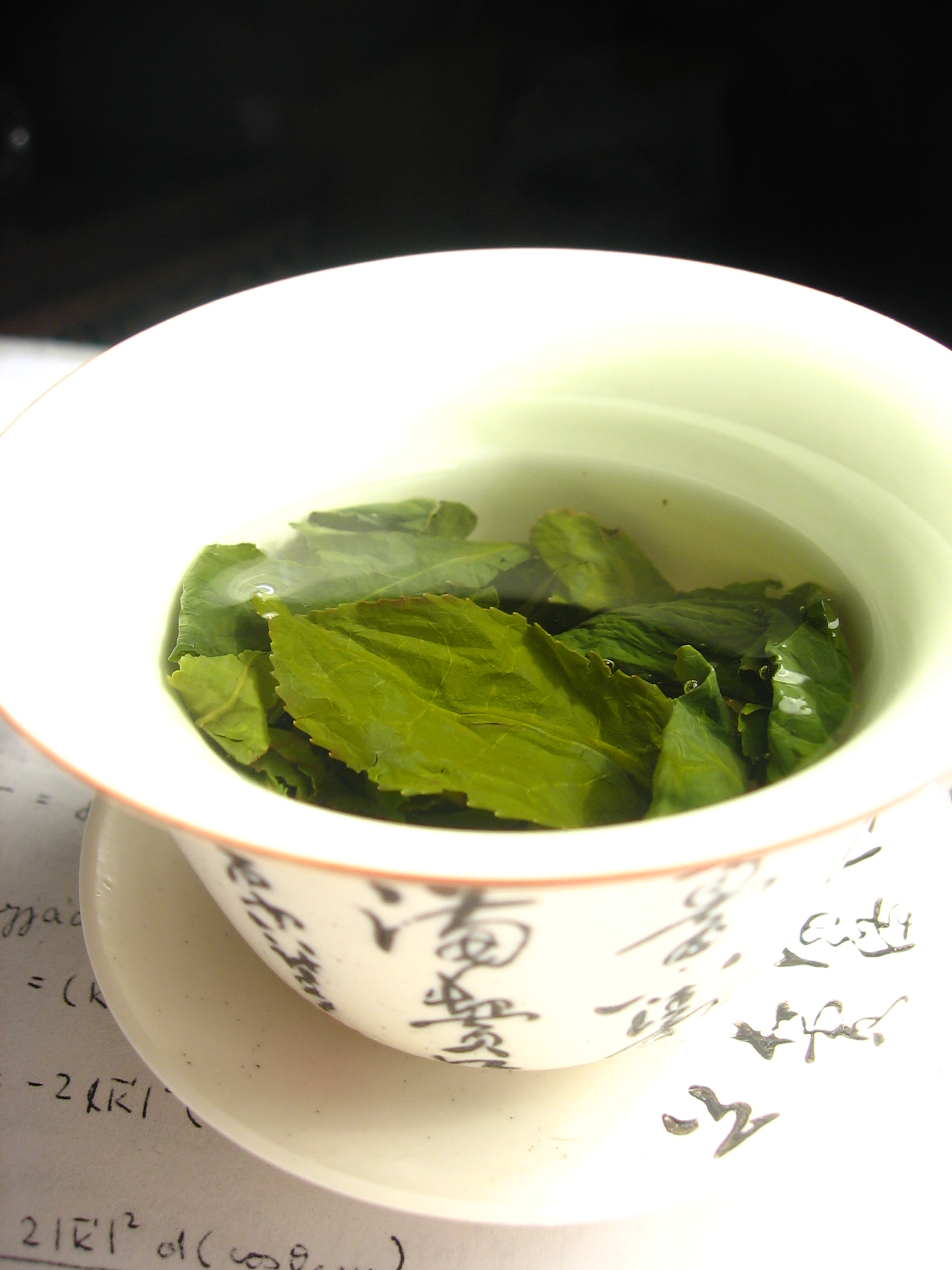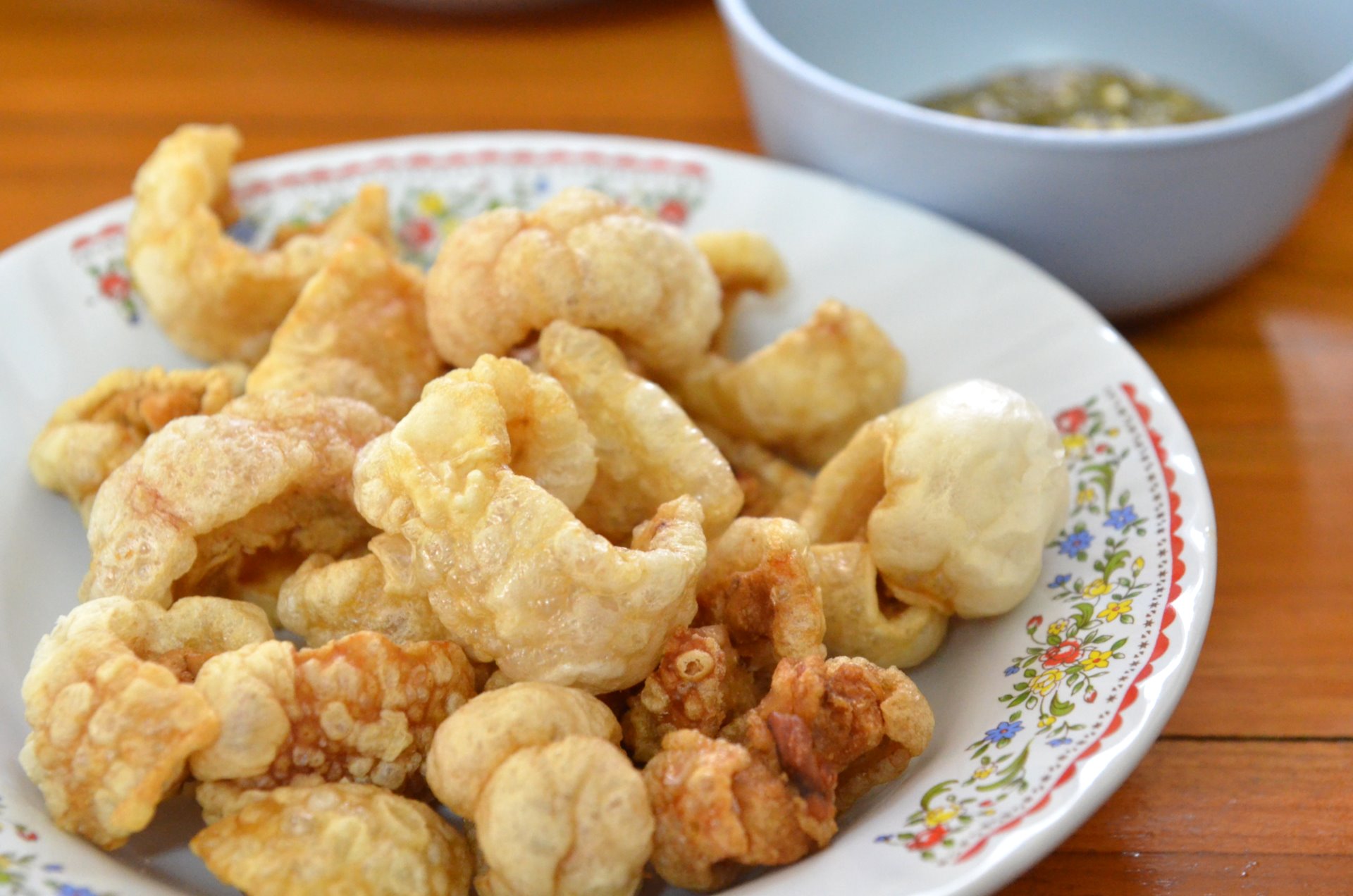|
Limerick Ham
Limerick ham () is a particular method of preparing a joint of ham within the cuisine of Ireland. The method was originally developed in County Limerick, Ireland. The main manufacturers were O'Mara. Matterson, Shaws, and Denny. Preparation Traditionally, the initial stage in the preparation of a Limerick ham is to smoke it over juniper branches. After this stage, the whole haunches, hams, and other cuts are distributed to butchers, who usually divide these large cuts into smaller portions and may cure the meat prior to sale. After purchase, a Limerick ham is typically steeped in cold water overnight. Cooking involves boiling in cider, then baking on a very high heat to crisp the fat. See also * List of hams This is a list of notable hams and ham products. Ham is pork that has been preserved through salting, smoking, or wet curing. It was traditionally made only from the hind leg of swine, and referred to that specific cut of pork."Bacon: Bacon a ... * List of Irish ... [...More Info...] [...Related Items...] OR: [Wikipedia] [Google] [Baidu] |
Cuisine Of Ireland
Irish cuisine encompasses the cooking styles, traditions and recipes associated with the island of Ireland. It has evolved from centuries of social and political change and the mixing of different cultures, predominantly with those from nearby Britain and other European regions. The cuisine is founded upon the crops and animals farmed in its temperate climate and the abundance of fresh fish and seafood from the surrounding waters of the Atlantic Ocean. Chowder, for example, is popular around the coasts. The development of Irish cuisine was altered greatly by the Tudor conquest of Ireland in the late 16th and early 17th centuries, which introduced a new agro-alimentary system of intensive grain-based agriculture and led to large areas of land being turned over to grain production. The rise of a commercial market in grain and meat altered the diet of the Irish populace by redirecting traditionally consumed products (such as beef) abroad as cash crops instead. Consequently, potat ... [...More Info...] [...Related Items...] OR: [Wikipedia] [Google] [Baidu] |
County Limerick
"Remember Limerick" , image_map = Island_of_Ireland_location_map_Limerick.svg , subdivision_type = Country , subdivision_name = Ireland , subdivision_type1 = Province , subdivision_name1 = Munster , subdivision_type2 = Region , subdivision_name2 = Southern (Mid-West) , seat_type = County town , seat = Limerick and Newcastle West , leader_title = Local authority , leader_name = Limerick City and County Council , leader_title2 = Dáil constituencies , leader_name2 = Limerick City and Limerick County , leader_title3 = EP constituency , leader_name3 = South , area_total_km2 = 2756 , area_rank = 10th , blank_name_sec1 = Vehicle indexmark code , blank_info_sec1 = L (since 2014)LK (1987–2013) , population = 205444 , population_density_km2 = 74.544 , population_rank = 9th , population_demonym ... [...More Info...] [...Related Items...] OR: [Wikipedia] [Google] [Baidu] |
Ireland
Ireland ( ; ga, Éire ; Ulster Scots dialect, Ulster-Scots: ) is an island in the Atlantic Ocean, North Atlantic Ocean, in Northwestern Europe, north-western Europe. It is separated from Great Britain to its east by the North Channel (Great Britain and Ireland), North Channel, the Irish Sea, and St George's Channel. Ireland is the List of islands of the British Isles, second-largest island of the British Isles, the List of European islands by area, third-largest in Europe, and the List of islands by area, twentieth-largest on Earth. Geopolitically, Ireland is divided between the Republic of Ireland (officially Names of the Irish state, named Ireland), which covers five-sixths of the island, and Northern Ireland, which is part of the United Kingdom. As of 2022, the Irish population analysis, population of the entire island is just over 7 million, with 5.1 million living in the Republic of Ireland and 1.9 million in Northern Ireland, ranking it the List of European islan ... [...More Info...] [...Related Items...] OR: [Wikipedia] [Google] [Baidu] |
Smoking (cooking)
Smoking is the process of flavoring, browning, cooking, or preserving food by exposing it to smoke from burning or smoldering material, most often wood. Meat, fish, and ''lapsang souchong'' tea are often smoked. In Europe, alder is the traditional smoking wood, but oak is more often used now, and beech to a lesser extent. In North America, hickory, mesquite, oak, pecan, alder, maple, and fruit-tree woods, such as apple, cherry, and plum, are commonly used for smoking. Other biomass besides wood can also be employed, sometimes with the addition of flavoring ingredients. Chinese tea-smoking uses a mixture of uncooked rice, sugar, and tea, heated at the base of a wok. Some North American ham and bacon makers smoke their products over burning corncobs. Peat is burned to dry and smoke the barley malt used to make Scotch whisky and some beers. In New Zealand, sawdust from the native manuka (tea tree) is commonly used for hot smoking fish. In Iceland, dried sheep dung is used ... [...More Info...] [...Related Items...] OR: [Wikipedia] [Google] [Baidu] |
Juniper
Junipers are coniferous trees and shrubs in the genus ''Juniperus'' () of the cypress family Cupressaceae. Depending on the taxonomy, between 50 and 67 species of junipers are widely distributed throughout the Northern Hemisphere, from the Arctic, south to tropical Africa, throughout parts of West Asia, western, Central Asia, central and South Asia, southern Asia, east to eastern Tibet in the Old World, and in the mountains of Central America. The highest-known juniper forest occurs at an altitude of in southeastern Tibet and the northern Himalayas, creating one of the highest tree lines on earth. Description Junipers vary in size and shape from tall trees, tall, to columnar or low-spreading shrubs with long, trailing branches. They are evergreen with needle-like and/or scale-like leaves. They can be either monoecious or dioecious. The female Conifer cone, seed cones are very distinctive, with fleshy, fruit-like coalescing scales which fuse together to form Juniper berry, a&n ... [...More Info...] [...Related Items...] OR: [Wikipedia] [Google] [Baidu] |
Haunches
Squatting is a versatile List of human positions, posture where the weight of the body is on the feet but the knees and hips are bent. In contrast, sitting involves taking the weight of the body, at least in part, on the buttocks against the ground or a horizontal object. The angle between the legs when squatting can vary from zero to widely splayed out, flexibility permitting. Another variable may be the degree of forward tilt of the upper body from the hips. Squatting may be either full or partial. Crouching is usually considered to be synonymous with squatting. It is common to squat with one leg and kneel with the other leg. One or both heels may be up when squatting. Young children often instinctively squat. Among Chinese, Southeast Asian and Eastern European adults, squatting often takes the place of sitting or standing. Etymology Squatting comes from the Old French ''esquatir/escatir'', meaning to "compress/press down". The Weight training, weight-lifting sense of Squat (e ... [...More Info...] [...Related Items...] OR: [Wikipedia] [Google] [Baidu] |
Butchers
A butcher is a person who may slaughter animals, dress their flesh, sell their meat, or participate within any combination of these three tasks. They may prepare standard cuts of meat and poultry for sale in retail or wholesale food establishments. A butcher may be employed by supermarkets, grocery stores, butcher shops and fish markets, slaughter houses, or may be self-employed. Butchery is an ancient trade, whose duties may date back to the domestication of livestock; its practitioners formed guilds in England as far back as 1272. Since the 20th century, many countries and local jurisdictions offer trade certifications for butchers in order to ensure quality, safety, and health standards but not all butchers have formal certification or training. Trade qualification in English-speaking countries is often earned through an apprenticeship although some training organisations also certify their students. In Canada, once a butcher is trade qualified, they can learn to become a m ... [...More Info...] [...Related Items...] OR: [Wikipedia] [Google] [Baidu] |
Curing (food Preservation)
Curing is any of various food preservation and flavoring processes of foods such as meat, fish and vegetables, by the addition of salt, with the aim of drawing moisture out of the food by the process of osmosis. Because curing increases the solute concentration in the food and hence decreases its water potential, the food becomes inhospitable for the microbe growth that causes food spoilage. Curing can be traced back to antiquity, and was the primary method of preserving meat and fish until the late 19th century. Dehydration was the earliest form of food curing. Many curing processes also involve smoking, spicing, cooking, or the addition of combinations of sugar, nitrate, and nitrite."Historical Origins of Food Preservation." [...More Info...] [...Related Items...] OR: [Wikipedia] [Google] [Baidu] |
Steeping
Steeping is the soaking of an organic solid, such as leaves, in a liquid (usually water) to extract flavours or to soften it. The specific process of teas being prepared for drinking by leaving the leaves in heated water to release the flavour and nutrients is known as steeping. Herbal teas may be prepared by decoction, infusion, or maceration. Some solids are soaked to remove an ingredient, such as salt, where the solute is not the desired product. Corn One example is the steeping of corn (or maize), part of the milling process. As described by the US Corn Refiners Association, harvested kernels of corn are cleaned and then steeped in water at a temperature of for 30 to 40 hours. In the process their moisture content rises from 15% to 45% and their volume more than doubles. The gluten bonds in the corn are weakened and starch is released. The corn is then ground to break free the germ and other components, and the water used (steepwater), which has absorbed various nutrient ... [...More Info...] [...Related Items...] OR: [Wikipedia] [Google] [Baidu] |
Boiling
Boiling is the rapid vaporization of a liquid, which occurs when a liquid is heated to its boiling point, the temperature at which the vapour pressure of the liquid is equal to the pressure exerted on the liquid by the surrounding atmosphere. There are two main types of boiling: nucleate boiling where small bubbles of vapour form at discrete points, and critical heat flux boiling where the boiling surface is heated above a certain critical temperature and a film of vapor forms on the surface. Transition boiling is an intermediate, unstable form of boiling with elements of both types. The boiling point of water is 100 °C or 212 °F but is lower with the decreased atmospheric pressure found at higher altitudes. Boiling water is used as a method of making it potable by killing microbes and viruses that may be present. The sensitivity of different micro-organisms to heat varies, but if water is held at for one minute, most micro-organisms and viruses are inactivated. Ten ... [...More Info...] [...Related Items...] OR: [Wikipedia] [Google] [Baidu] |
Cider
Cider ( ) is an alcoholic beverage made from the fermented juice of apples. Cider is widely available in the United Kingdom (particularly in the West Country) and the Republic of Ireland. The UK has the world's highest per capita consumption, as well as the largest cider-producing companies. Ciders from the South West of England are generally higher in alcoholic content. Cider is also popular in many Commonwealth countries, such as India, Canada, Australia, and New Zealand. As well as the UK and its former colonies, cider is popular in Portugal (mainly in Minho and Madeira), France (particularly Normandy and Brittany), Friuli, and northern Spain (specifically Asturias). Central Europe also has its own types of cider with Rhineland-Palatinate and Hesse producing a particularly tart version known as Apfelwein. In the U.S., varieties of fermented cider are often called ''hard cider'' to distinguish alcoholic cider from non-alcoholic apple cider or "sweet cider", also made from ... [...More Info...] [...Related Items...] OR: [Wikipedia] [Google] [Baidu] |
Pork Rind
Pork rind is the culinary term for the skin of a pig. It can be used in many different ways. It can be rendered, fried in fat, baked, or roasted to produce a kind of pork cracklings (US) or scratchings (UK); these are served in small pieces as a snack or side dish. The frying renders much of the fat, making it much smaller. Snack Often a byproduct of the rendering of lard, it is also a way of making even the tough skin of a pig edible. In many ancient cultures, animal fats were the only way of obtaining oil for cooking and they were common in many people's diets until the industrial revolution made vegetable oils more common and more affordable. Microwaveable pork rinds are sold in bags that resemble microwaveable popcorn and can be eaten still warm. Pickled pork rinds, though, are often enjoyed refrigerated and cold. Unlike the crisp and fluffy texture of fried pork rinds, pickled pork rinds are very rich and buttery, much like ''foie gras''. Preparation For the la ... [...More Info...] [...Related Items...] OR: [Wikipedia] [Google] [Baidu] |







.jpg)

